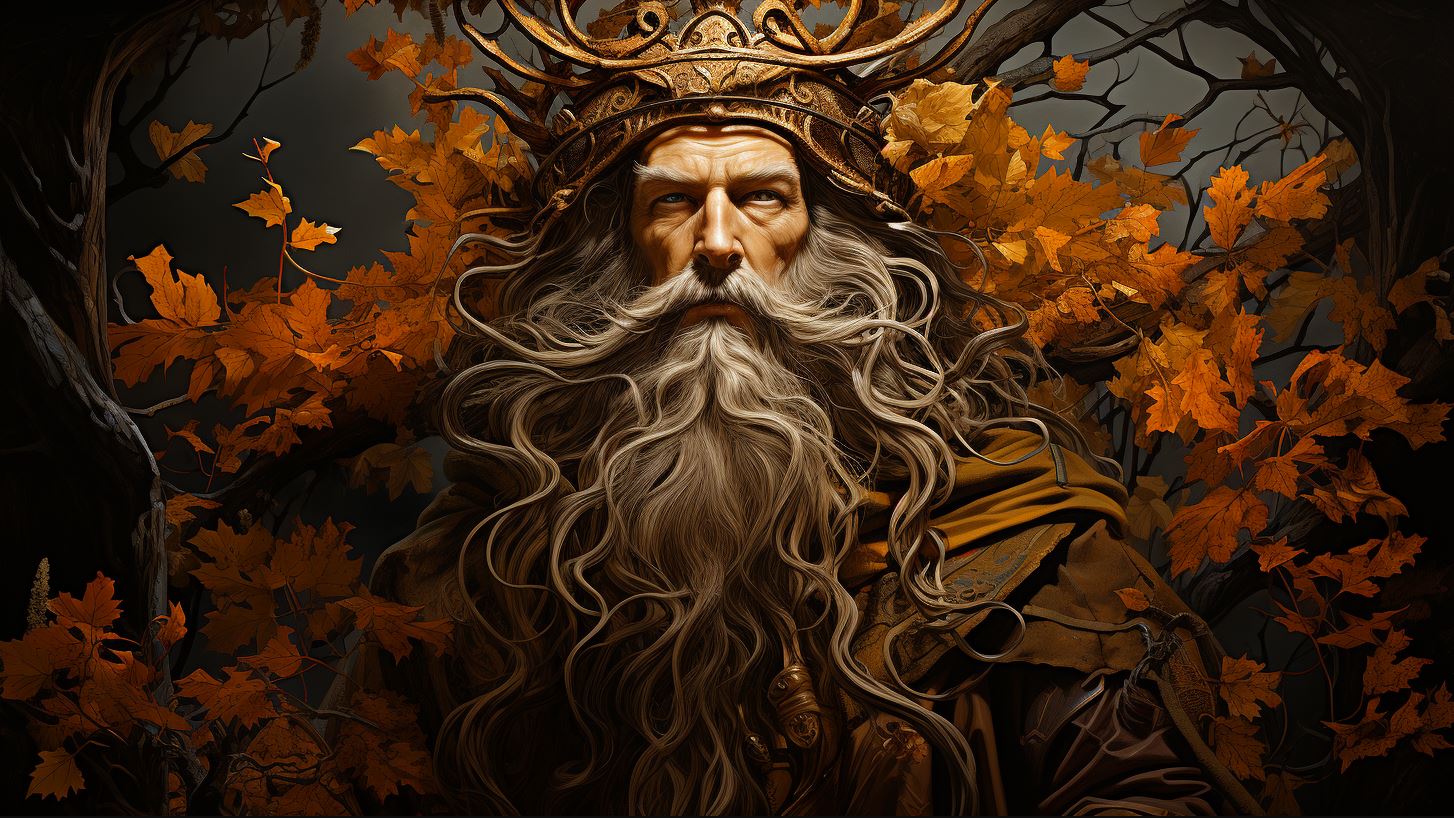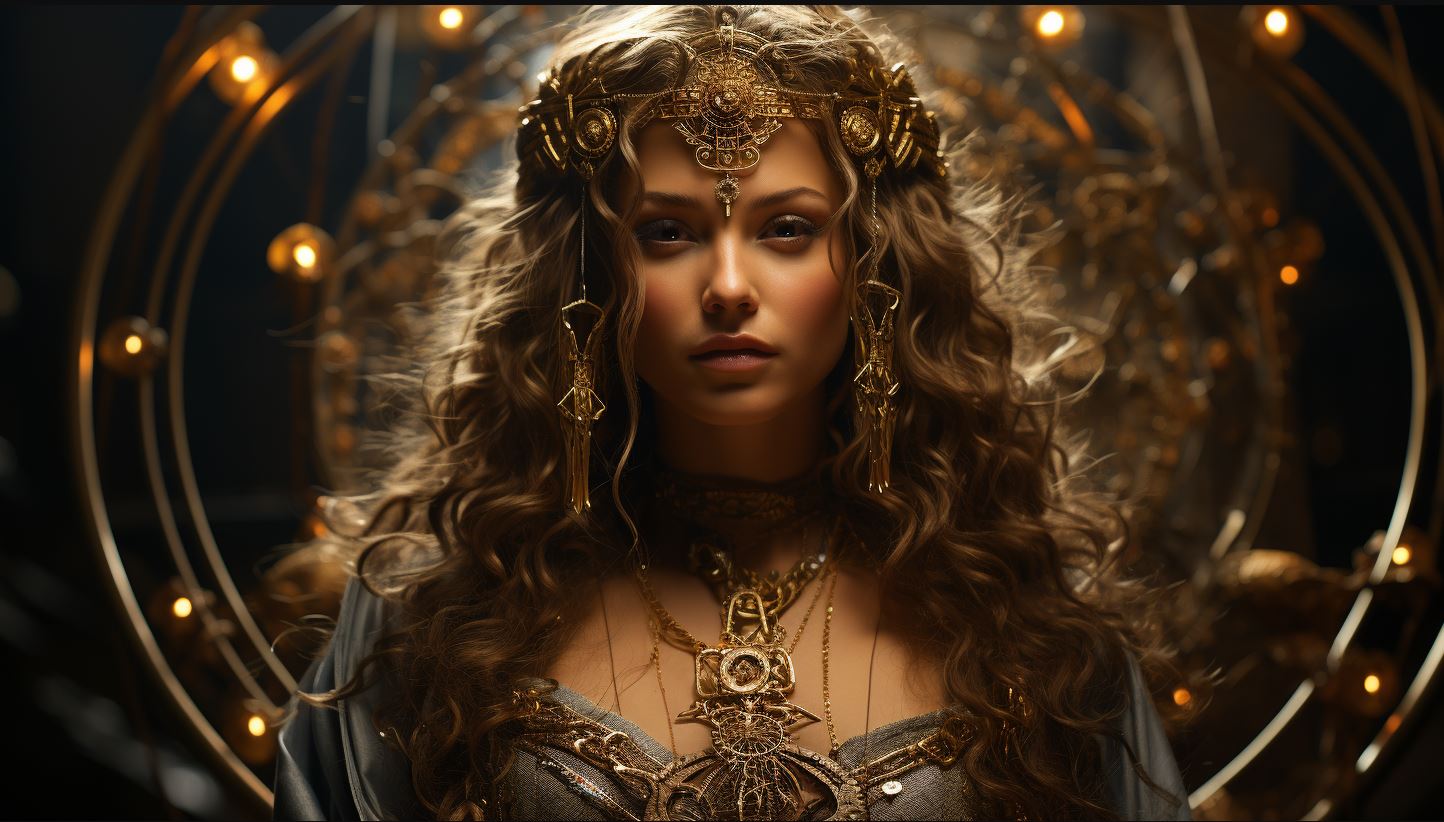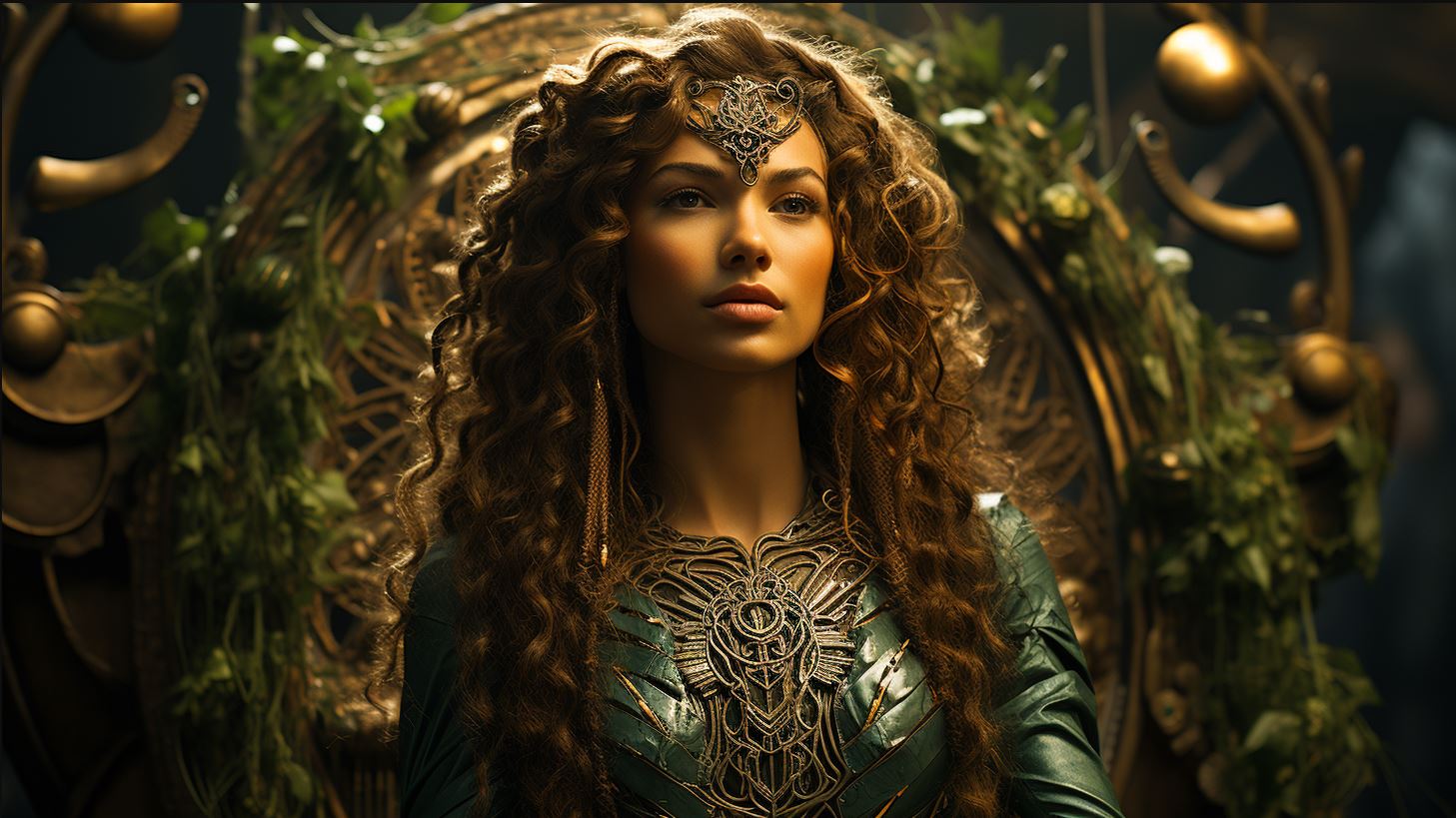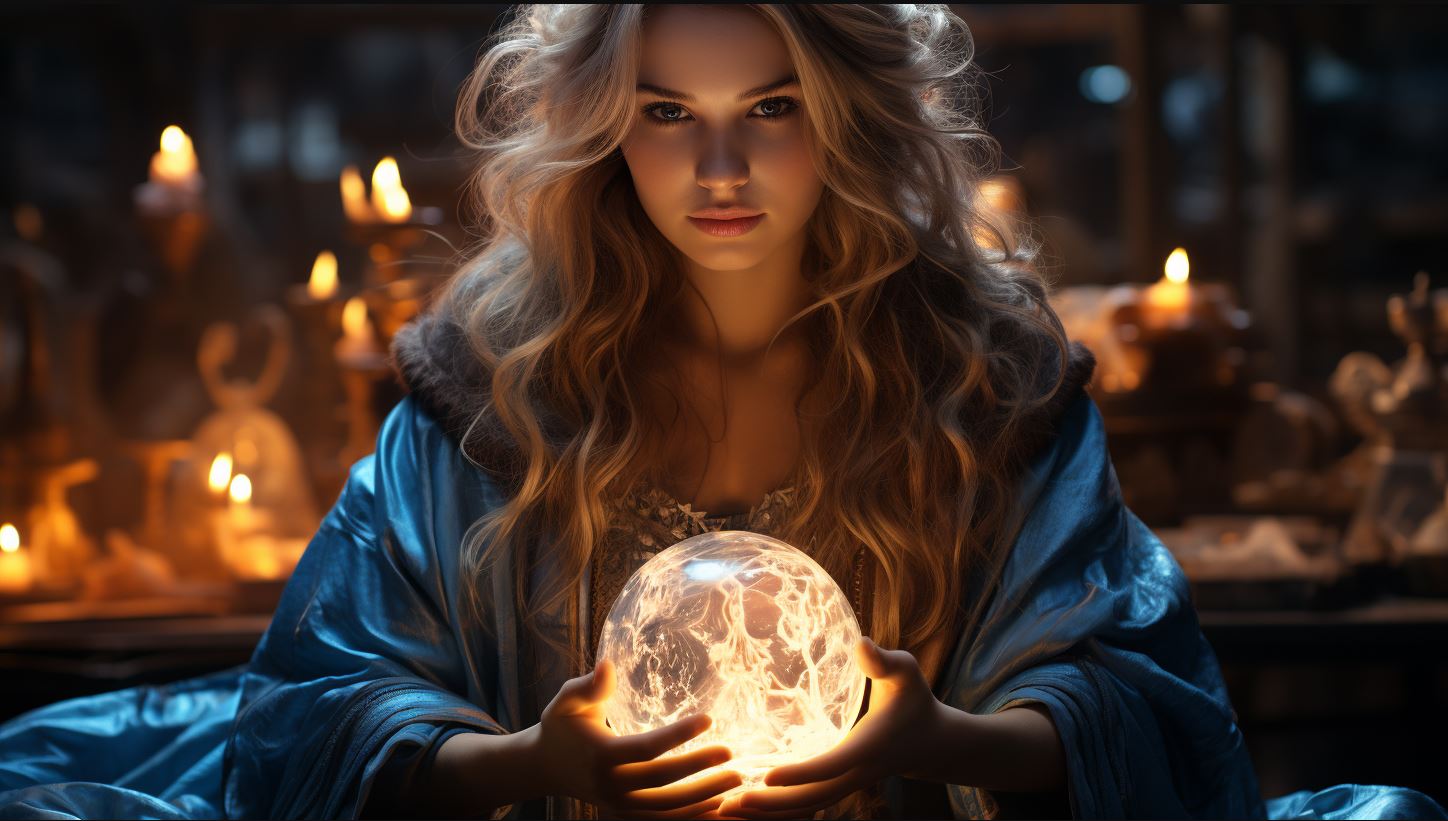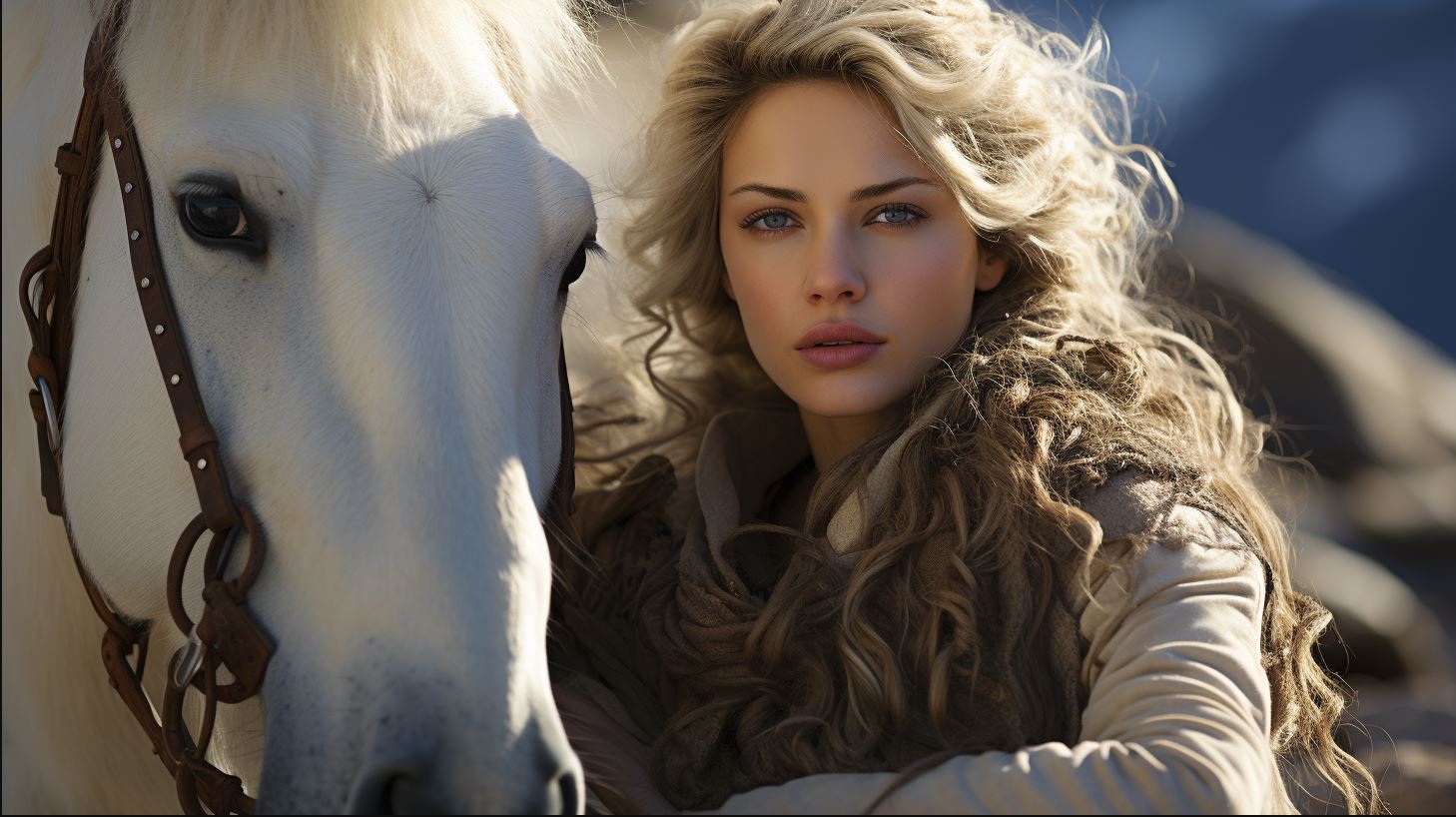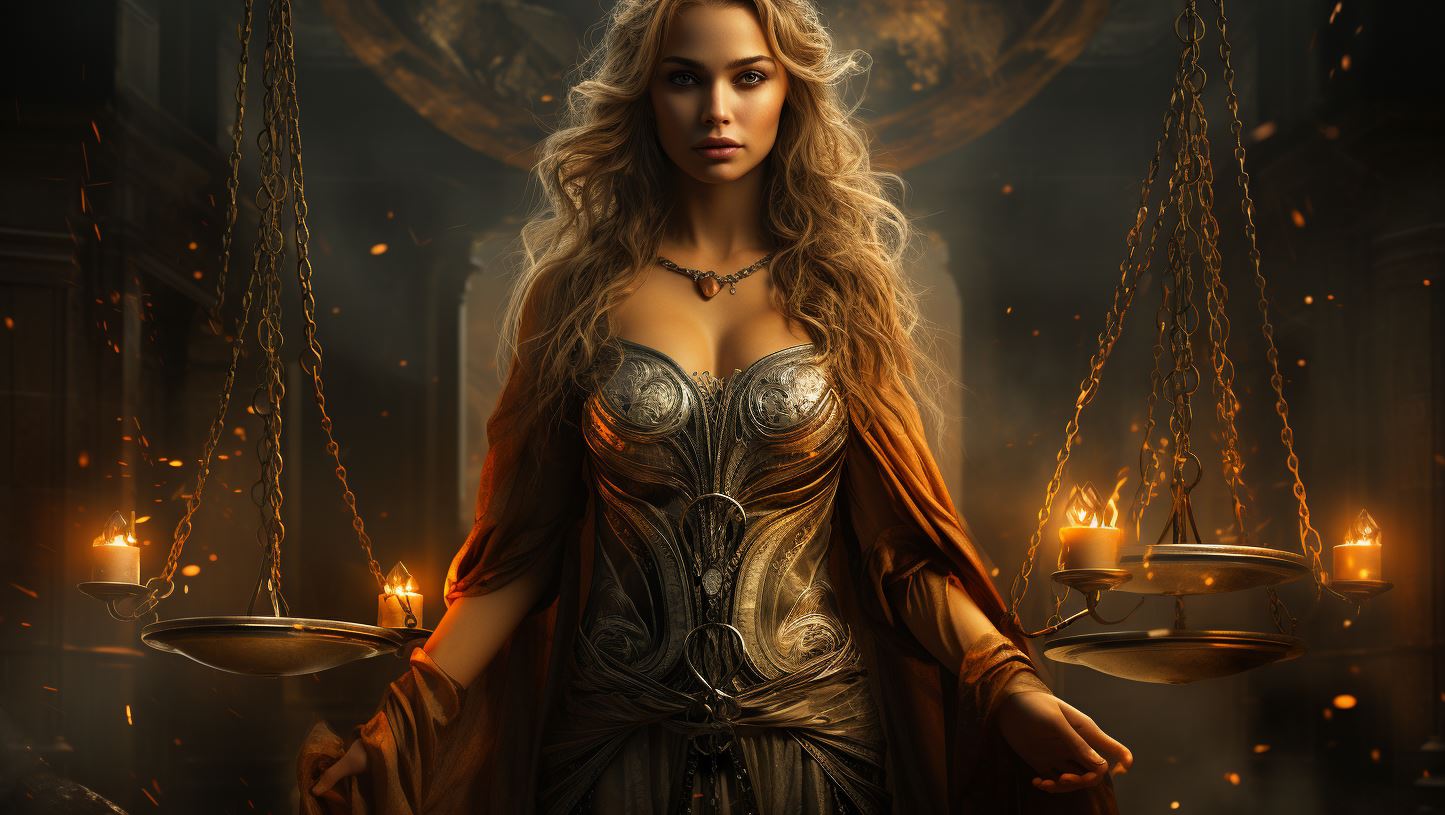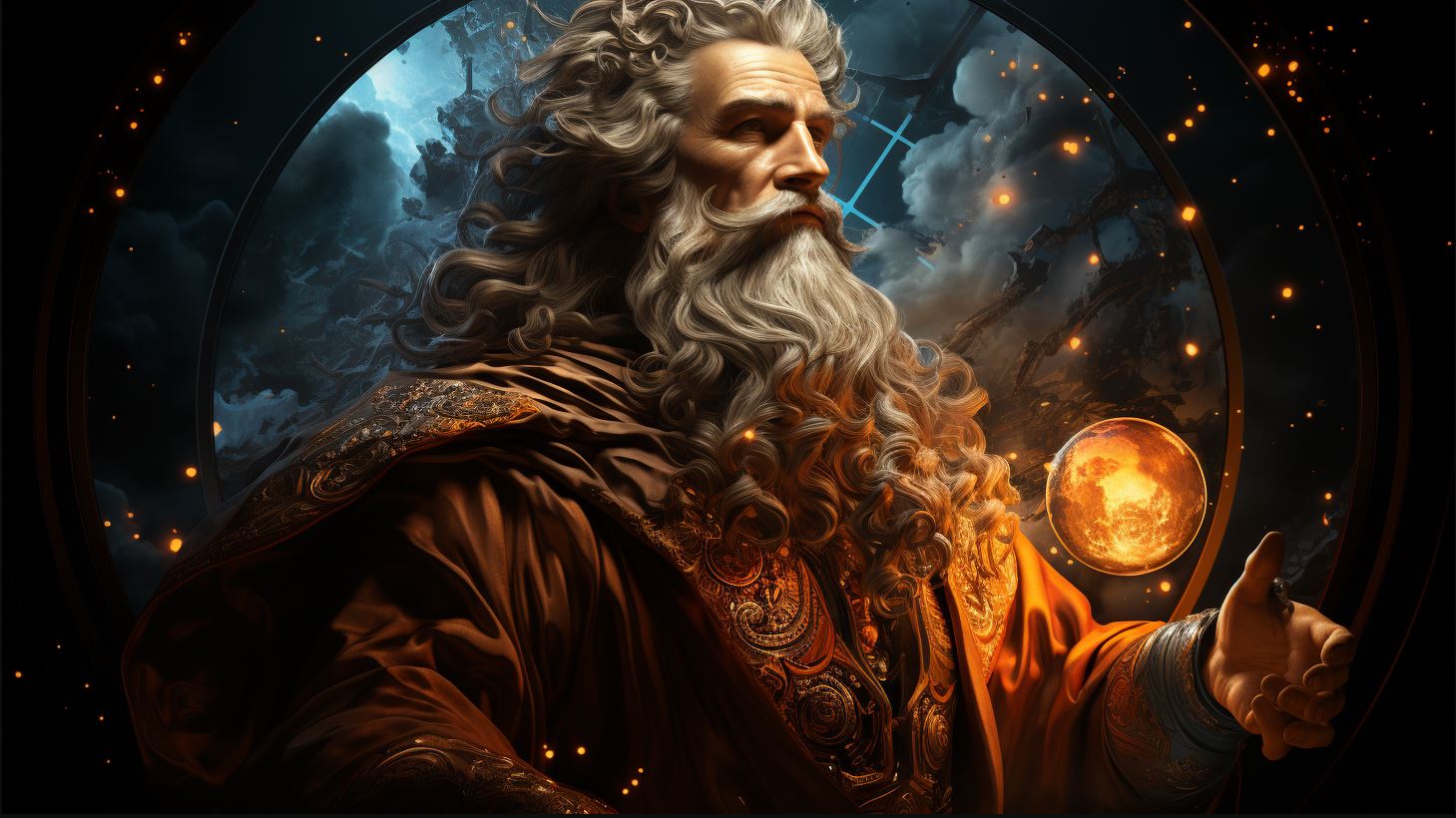Mabon Celtic God: Unveiling the Ancient Deity of Celtic Mythology
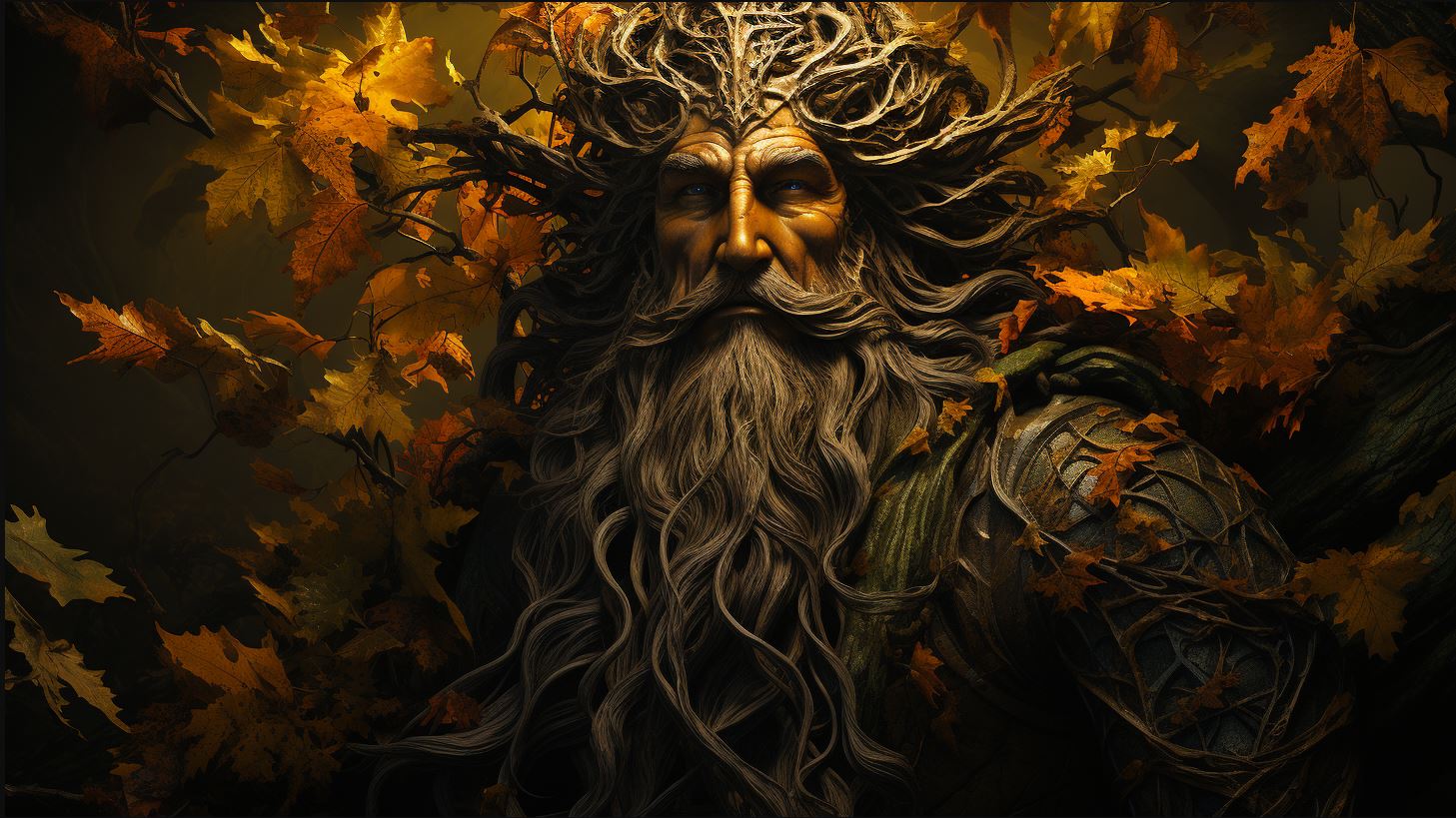
Mabon, the Celtic god, is a fascinating figure in ancient mythology. His story revolves around his abduction as a baby, which has left him missing ever since. Associated with youth, Mabon is also known for his magical imprisonment and appears in Arthurian legends.
Additionally, we explore the role of Modron, the fertility goddess and mother of Mabon, and delve into Mabon’s connection with the autumn equinox. Join us as we uncover the mysteries surrounding Mabon and his intriguing presence in Celtic culture.
Mabon: The Missing Celtic God
Mabon, an enigmatic figure in Celtic mythology, holds a significant place in ancient beliefs. His story begins with the captivating myth of his abduction, a tale steeped in mystery and intrigue.
The Myth of Mabon’s Abduction
According to ancient texts, Mabon ap Modron was stolen from his mother as an infant and hasn’t been seen since. This enduring myth revolves around the anguish of a mother separated from her child and the relentless search to reunite them.
The details of this abduction remain shrouded in uncertainty, leaving us to speculate on the motives of those responsible.
Mabon’s Divine Attributes and Role
Mabon, often depicted as youthful and vibrant, personifies the essence of youth within Celtic mythology. Though his name may be less familiar than others, his symbolic representation as one of the Three Exalted Prisoners in the epic tale of ‘Culhwch ac Olwen’ speaks to his significance.
Mabon’s divine attributes and role within Celtic pantheon continue to captivate scholars and enthusiasts alike.
Mabon in Arthurian Legends
The influence of Mabon extends beyond ancient Celtic texts. In Arthurian legends, he resurfaces as a mysterious figure entangled in the Arthurian narrative. While some interpretations suggest Mabon as an imprisoned deity, others propose Mabon as a symbol of strength and perseverance in the face of adversity.
Arthurian lore offers glimpses of Mabon’s presence, further deepening the enigma surrounding his character.
- Myth of Mabon’s abduction remains a mystery
- Mabon symbolizes youth and vitality
- Mabon’s role as one of the Three Exalted Prisoners
- Mabon’s presence in Arthurian legends
Modron: The Fertility Goddess and Mother of Mabon
Modron, the fertility goddess, holds a significant role in Celtic mythology as the mother of Mabon.
She embodies the concept of fertility in its various forms and is depicted with a triple aspect, reflecting her power to nurture life. This triple aspect represents her roles as a maiden, mother, and crone, symbolizing the different stages of womanhood.
Modron’s Triple Aspect and Mortal Confusion
In Celtic mythology, Modron’s triple aspect is often associated with the cycles of nature and the seasons. As a maiden, she represents the youthful and blossoming phase, while as a mother, she embodies fertility and creation.
Finally, as a crone, she represents wisdom and the cycle of life and death.
Additionally, Modron’s triple aspect has been subject to confusion with mortal characters in later tales. This blurring of lines between the divine and mortal spheres further emphasizes the complexity and enigmatic nature attributed to Modron.
Modron’s Relationship with Other Celtic Deities
Modron shares connections with various Celtic deities, signifying her integral role within the pantheon.
Her status as the mother of Mabon links her to his storyline and underscores her significance in the mythological narrative.
Furthermore, Modron’s relationship with other deities expands her influence. She is often associated with deities related to fertility, such as Cerridwen and Rhiannon. This association emphasizes her important role in promoting growth, abundance, and the cycle of life.
Modron’s portrayal in Celtic mythology showcases her as a powerful and essential figure, embodying the natural cycles of fertility and the interconnectedness of life. Her relationship with Mabon and other deities further highlights her significance within the ancient Celtic belief system.
- Modron represents fertility, with a triple aspect symbolizing maiden, mother, and crone.
- Her triple aspect aligns with the cycles of nature and the seasons.
- Confusion between Modron and mortal characters adds complexity to her mythological presence.
- Modron shares connections with other Celtic deities associated with fertility, emphasizing her importance.
- Her role as the mother of Mabon highlights her integral position in the mythological narrative.
- Modron embodies the interconnectedness of life and plays a vital role in promoting growth and abundance.
Mabon’s Association with the Autumn Equinox
Mabon, the Celtic god, has a deep-rooted connection with the autumn equinox, a significant astronomical event that marks the transition from summer to fall.
This section explores the origins of Mabon’s name for the equinox, the evidence of his importance throughout Celtic cultures, and his significance in modern celebrations.
The Origins of Mabon’s Name for the Equinox
The name “Mabon” has been associated with the autumn equinox, though its precise origin remains a subject of discussion.
Some scholars suggest that the name was derived from ancient Celtic festivals and rituals that celebrated the harvest season and the changing of the seasons.
Evidence of Mabon’s Importance throughout Celtic Cultures
Various inscriptions and historical records provide evidence of Mabon’s significance within Celtic cultures.
His name appears in locations throughout Wales and Scotland, indicating his worshippers’ enduring reverence for the deity. These inscriptions, along with traces of his cult found in places like Lochenmaben and Clochmabenstane, reflect Mabon’s esteemed status in both continental Celtic societies and Great Britain.
Mabon’s Significance in Modern Celebrations
Although ancient Celtic practices have evolved over time, Mabon’s influence can still be seen in modern celebrations of the autumn equinox. Many contemporary pagan and Wiccan traditions honor Mabon as a god of harvest and gratitude during this time of year, incorporating rituals and festivities that pay homage to his mythological significance.
These celebrations often emphasize themes of balance, abundance, and the transition from light to darkness as nature prepares for the winter months.
Connections between Mabon and Other Celtic Figures
Within Celtic mythology, Mabon, the enigmatic deity, shares fascinating connections with other prominent figures. These links shed light on the intricate interweaving of Celtic beliefs and stories. Two significant connections emerge, highlighting Mabon’s ties with Óengus mac ind Og and Pryderi ap Pwyll.
Óengus mac ind Og: The Irish Connection
Óengus mac ind Og, the Irish god of love and youth, shares several similarities with Mabon. Both deities embody youthful energy and are associated with significant landmarks in the mythological landscape.
While Mabon represents the Welsh interpretation of youth, Óengus symbolizes the Irish counterpart.
The connection between Mabon and Óengus may stem from wider cultural exchanges between the Celtic regions. This association hints at the shared mythological heritage and suggests the existence of cross-cultural narratives spanning the British Isles.
Pryderi ap Pwyll: Mabon’s Link in the Mabinogi
Pryderi ap Pwyll, a central figure in the Mabinogi tales, also shares a remarkable connection with Mabon. As recounted in the Mabinogi, Pryderi is the son of Pwyll, a prominent Welsh ruler.
Mabon’s role in the Mabinogi stories intertwines with Pryderi’s narrative.
Mabon’s presence in the tales of Pryderi highlights his significance within the context of Welsh mythology. The association between these two figures adds depth and complexity to Mabon’s character, further elevating his status as an influential Celtic deity.
- Mabon’s connections with Óengus mac ind Og and Pryderi ap Pwyll emphasize the broad cultural and mythological overlaps within the Celtic world.
- These associations reflect the interconnectedness of Celtic beliefs, where deities transcend regional boundaries and intermingle within different narratives.
- Further exploration of Mabon’s relationships with other Celtic figures unveils the rich tapestry of mythology and provides valuable insights into the intricacies of ancient Celtic societies.
Battles and Mabon’s Presence
Within Celtic mythology, Mabon’s involvement in battles and wars is a subject that continues to pique the curiosity of scholars and enthusiasts alike.
As a deity of great significance, Mabon is often portrayed as a mighty warrior, lending his strength and prowess to the conflicts of ancient times.
Mabon as a Warrior Deity
Stories and poems from the Celtic tradition depict Mabon as a formidable force on the battlefield. He is described as a god who wields his divine powers in combat, leading armies to victory and defending the land against adversaries.
Mabon’s association with warfare underscores his role as a protector and guardian, revered by warriors seeking his favor.
In ancient texts, Mabon’s presence is often invoked before battles, with warriors offering prayers and sacrifices to gain his favor.
It is believed that his divine intervention could turn the tide of war and ensure triumph in the face of adversity.
Interpretations of Mabon in Relation to Battle Locations
As we explore the connection between Mabon and various battle locations, scholars have put forward interpretations that shed light on his significance within Celtic mythology. Some propose that Mabon’s presence at specific sites reflects his role as a divine guide for warriors.
- The Symbolic Role: Some speculate that Mabon’s association with certain battle locations represents the metaphorical journey of overcoming adversity. These sites may have been chosen as a testament to the triumphs and challenges that warriors faced, with Mabon serving as a symbolic representation of their inner strength and resilience.
- The Strategic Significance: Others believe that Mabon’s presence at specific battle locations carries a deeper meaning tied to strategic importance. It is speculated that his divine energy was believed to imbue these sites with spiritual power, influencing the outcomes of conflicts that unfolded there.
- The Local Legends: Within local folklore, tales often intertwine Mabon’s presence with historical battles and conflicts. These stories are passed down through generations, offering glimpses into the enduring belief in Mabon’s involvement in shaping the fate of warriors both on and off the battlefield.
Through the exploration of Mabon’s presence in battles and the interpretation of his significance in relation to these locations, we gain a deeper understanding of the multifaceted nature of this Celtic deity.
.











